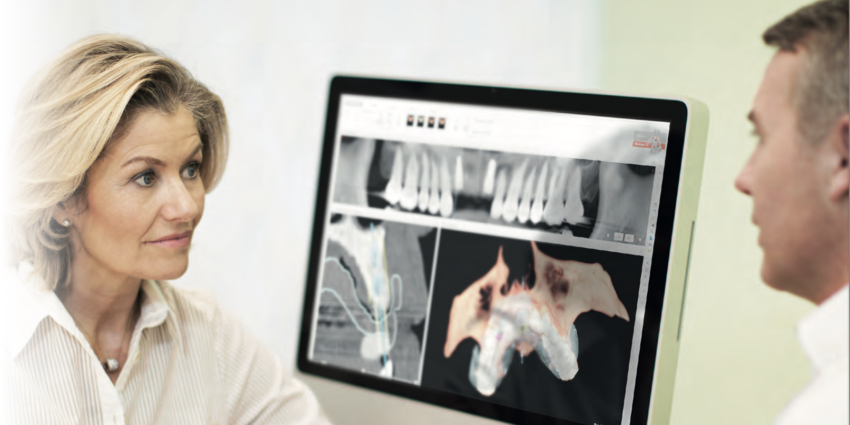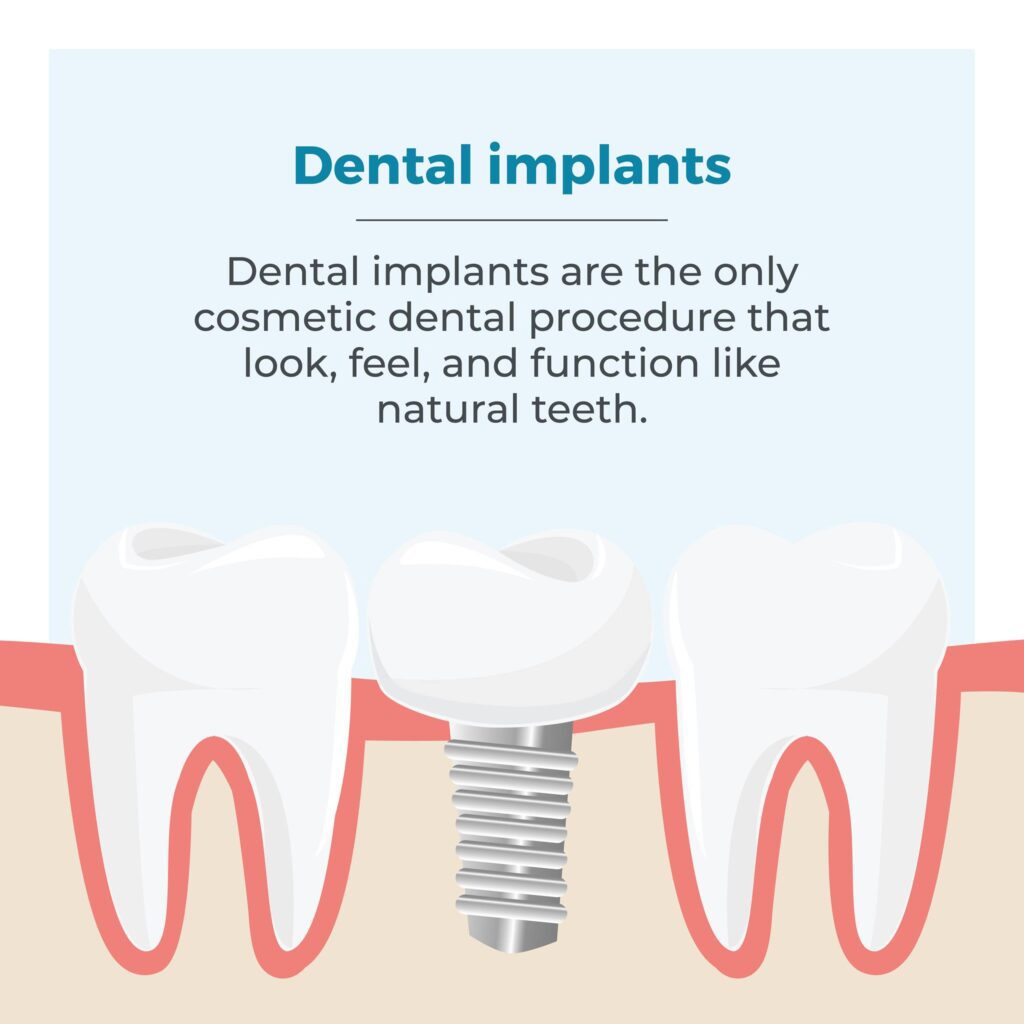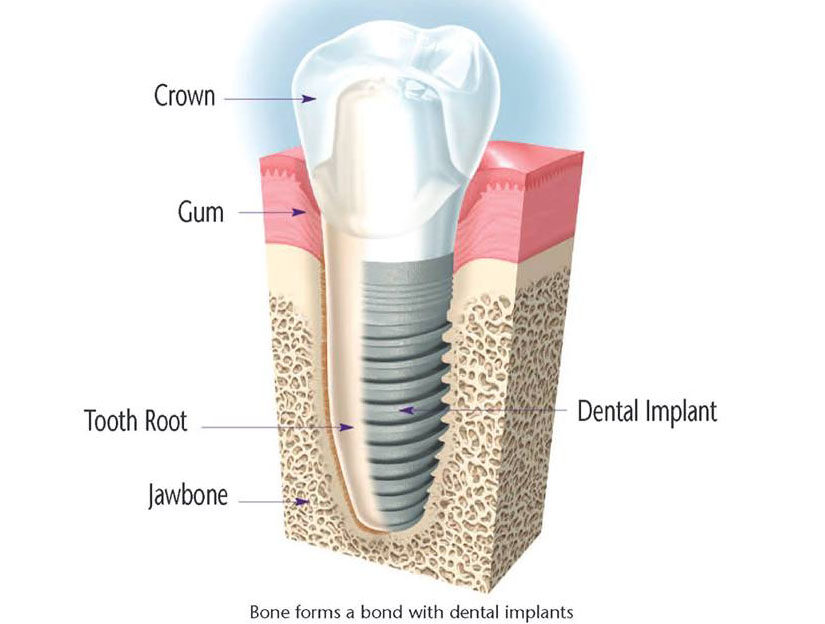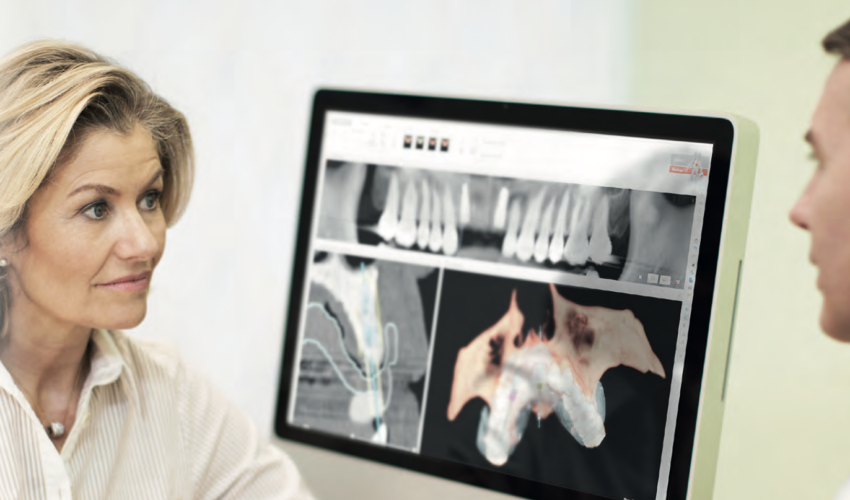Understanding dental implants can help find the best approach for you
This paid piece is sponsored by Siouxland Oral & Maxillofacial Surgery.
As readers, you’ve definitely shown us you’re interested in learning more about dental implants. So for the next few months, we’ll be sharing a series of articles that together should provide a structure to better understand what dental implants are, how they work and their historical background.
This is not an all-inclusive look but a simplified version meant to lead to clear understanding.
Now let’s get to it! To understand dental implant treatment, we have to go through a short lesson in biology. The first thing is to understand that implants are not like real teeth. We will say that again: Implants are not like real teeth. They are a wonderful substitute for real teeth, and certain accusations need to be understood.
Dental implants are made from a titanium alloy, a ceramic or a bioactive glass structure that bonds to your bone. They have no stretch to them. Your natural teeth, on the other hand, are secured into your bone by a ligament that can cushion and stretch. Think of a trampoline. As you bounce on the trampoline, your body weight puts a compressive force on the trampoline. But the springs on the sides convert that to tensile, or stretching, force on the sides of the frame of the trampoline. Your jaws likewise build bone around areas of tension, and your jaws remove bone around areas of compression. While not a prefect analogy, it will suffice for our discussion.
So while natural teeth can sway and move under a load, dental implants unfortunately cannot. Think of a skyscraper that can sway and move when there is an earthquake — and survive — and a building that cannot sway — and it crumbles. That is the primary difference between real teeth and dental implants.
Therefore, with this in mind, the main foe of a dental implant is excessive side-to-side force. They truly love up-and-down forces but not side-to-side ones. Unfortunately, humans chew in a circular motion with a lot of side-to-side motion. Our teeth, however, actually do not touch more than 5 to 10 minutes a day when we chew. Conversely, when we sleep, we can clench or grind — with no food between our teeth — and those same forces are applied for hours.
What makes things worse in the above scenario is that the inhibitory reflexes for clenching and grinding are obtunded, or dulled, and we can clench and grind much harder when asleep than we can awake. Some people grind their teeth steadily during the day as well — take “road rage” folks, for example. So for almost everyone with implants, we strongly recommend a fabricated night guard that you also can wear during the day at times when you think you may encounter stress. You spend a lot of money and time on placing an implant and on placing a crown restoration on it. Dental implants, as we explained, are more susceptible to the negative forces of biting and grinding than regular teeth. So protect your investment!
Why does this matter? Teeth have that ligament, and they can sway and convert a compressive force into a tensile force that builds bone just like a trampoline. But dental implants take that side-to-side compressive force, and it improperly pushes on the bone that surrounds the implants. The bone thus dissolves side to side, and you develop bone loss around the implant.
This process is called overloading. The overloading will cause inflammation, and, if you already have a bit of gum disease or gingivitis, the two act synergistically to make things worse.
“Worse” means that you lose a good deal of supporting bone around the implant. As you lose this bone, a pocket soon develops that will harbor bacteria. The bacteria in turn will reproduce and release toxins that accelerate bone loss to make the pocket even deeper — perpetuating this vicious cycle.
Finally, let’s say you have dentures and have a type of dental implant placed that the denture snaps on and off of to hold it in. Regular dentures require you to bite evenly on the left and the right, on the front and the back. If you bite otherwise, the dentures will become unstable, and they will shift erratically. When you stabilize the dentures with implants, your brain thinks it has real teeth again and chews in a circular motion, not consistently up and down. This could destabilize the denture and put those lateral forces on the implants. The implants don’t like this, and bone will dissolve slowly around the implants.
So if you have only two implants stabilizing a lower denture, this is still a terrific trade-off to stabilize the prosthetic. Your quality of life is significantly better with a stabilized denture, but there are still chewing limitations that you have to recognize and come to terms with in order to protect the implants.
To learn more about Siouxland Oral & Maxillofacial Surgery, go to siouxlandoralsurgery.com.










